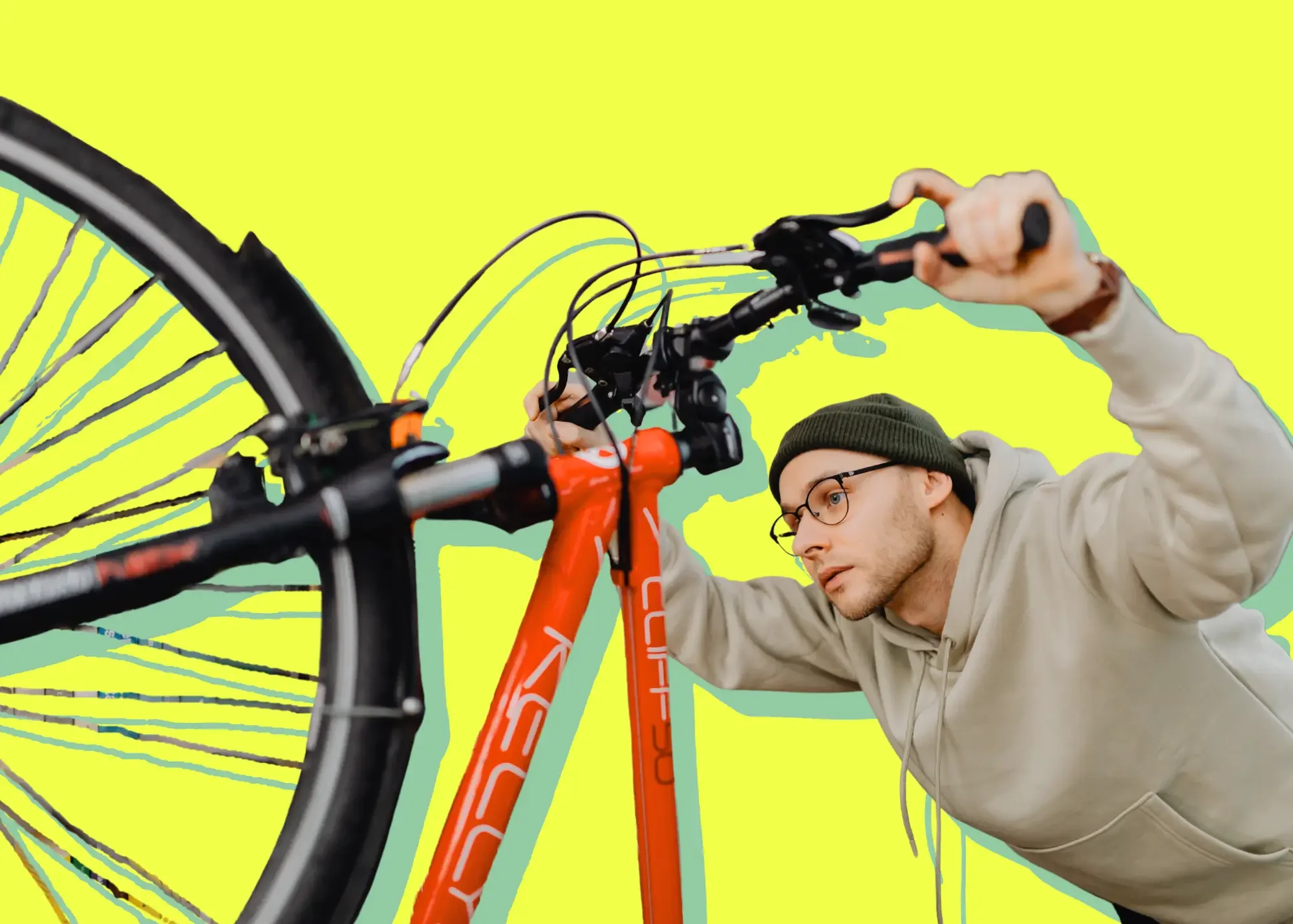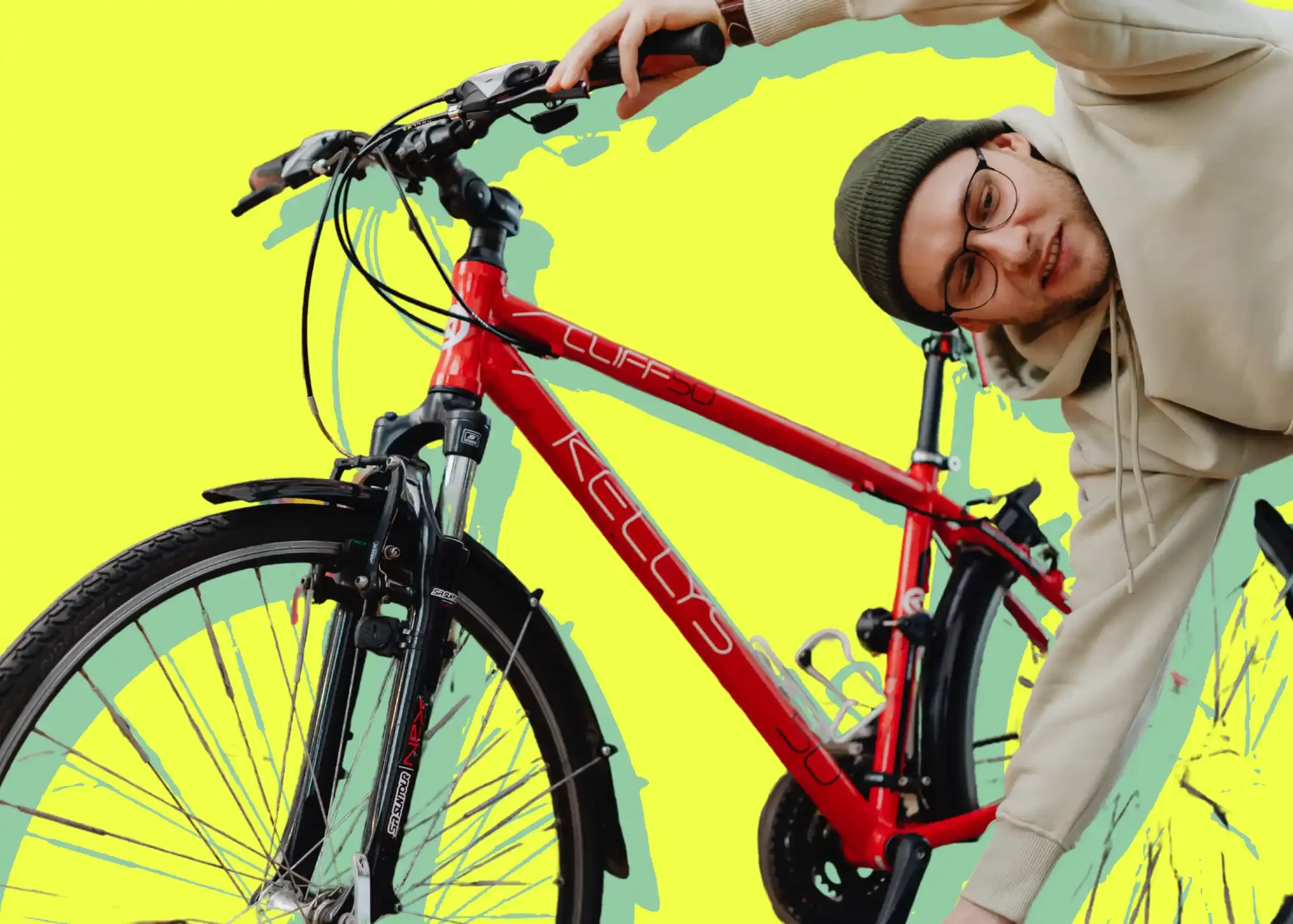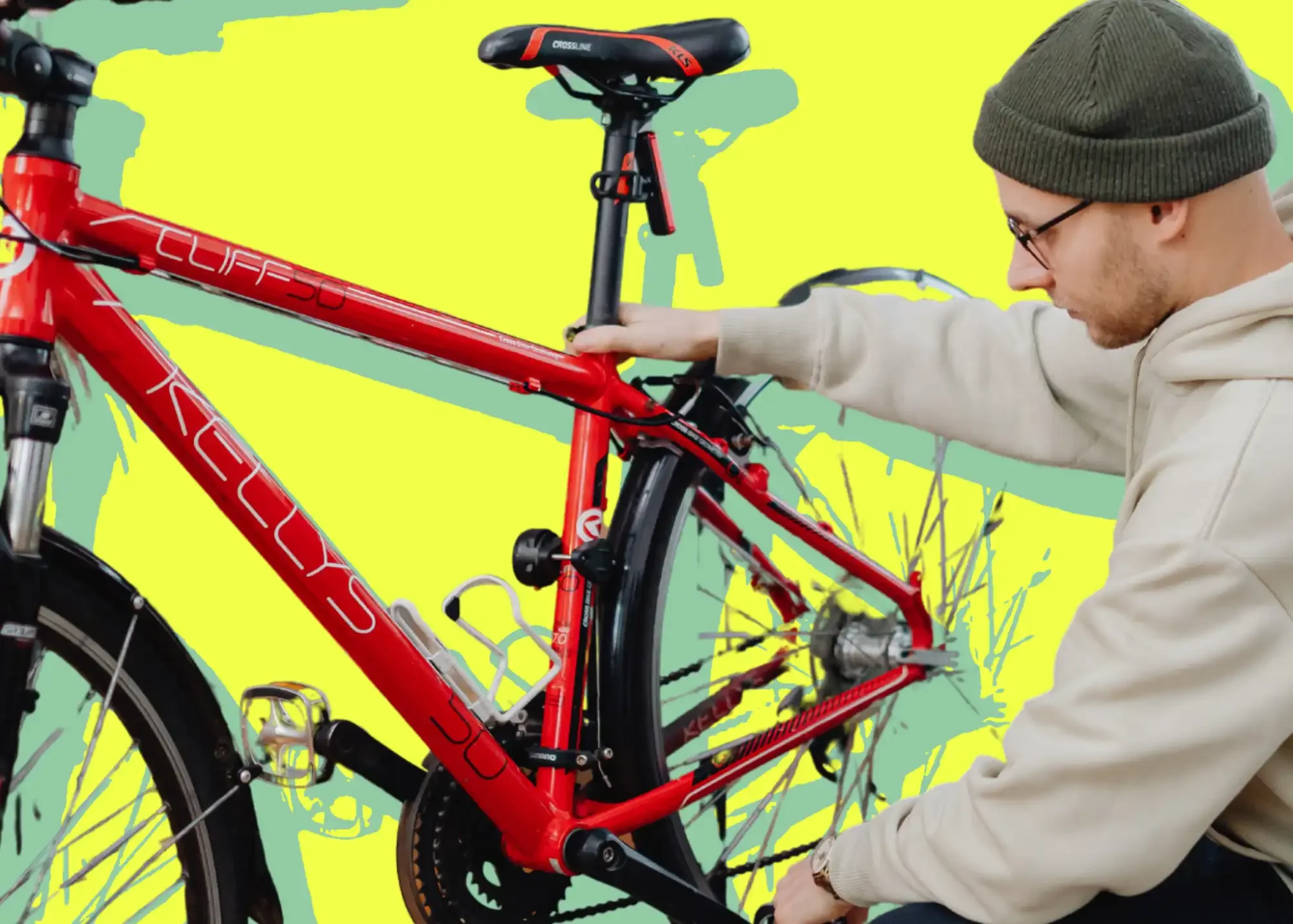How to Bring your bike to paris
We are going to look at how to bring your road, gravel, or mountain bike to Paris.
These instructions include a few Paris-specific tips, but there’s no reason the advice here can’t be applied to any destination inside the European Union.
Paris isn’t only the finale to the Tour de France, but it also provides all types of riders with some incredible options. Road routes abound in the Paris area, from the rural beauty of the Cheveruse Valley to the south, the local legend that is the Marne loop to the East. All these options are less than 50-mile loops from Paris’s city center.
Bringing your bike to Paris can lead to a truly memorable cycling experience, all while getting to enjoy the best the city has to offer.
Quiet country lanes and steep climbs are only short miles from the bustling metropolis and allow cyclists to get out and enjoy the scenery and catch a show in the evening.
But this all begs the question: How do you get your bike to Paris?
Most people fly or ship their bikes, and the process is pretty similar whether you’re doing so domestically or internationally. The key difference is the cost.
We will look at both options below, and you can decide which one is best for your needs and timeline.
If you want to forgo the sometimes cumbersome experience entirely and get a fully catered experience, look at our guided road bike tour options.
We have rentals ready for you, and can show you all the hidden gems of the broader Île-de-France region, whether you want to ride 20 miles or 250!
How to ship your bike to Europe
For those looking to skip the potentially nerve-wracking experience of flying with your bike, you can always ship it. Some companies, like Bike Flights, which I have personally used multiple times, specialize in this type of service.
You will need to look for the international shipping option and request a quote for the size of the bike box you have (we will talk about bike boxes in a second).
Bike Flights is a great option because they specialize in dealing with bicycle shipping-related issues. If anything goes wrong, they have the best experience in the bicycle industry and are trusted by thousands of bike shops and professional programs.
You will need a bike box or hard travel case
For this option, you will need to get a “bike box”.
This means you need to procure a sturdy cardboard box, though you can also use your own hard bike travel case.
Most local bike shops have bike boxes that they can give you, sometimes for free, as they usually save one or two from new bike builds. A six-pack of beer can go far, and also give the mechanic a good reason to save the next box they unpack a new bike from. When you ask about any available boxes, see if they also have the original packaging.
Oftentimes, mechanics dump all of the protective packaging straight back into the box so they can quickly break it up when it goes to the dumpster; therefore, you may get lucky and find solid cardboard packaging pieces there for you to reuse!
How to pack your bike for international shipping
Packing your bike up, on the other hand, requires a bit more energy.
I’ve packed countless bikes, and honestly, the best thing I have found is pool noodles. Hear me out.
Cheap, thick pool noodles make for great protection.
If that’s not really your vibe, you can go to your local hardware store and look for one of the wider types of pipe insulation. Usually, the stiffest one you can find is the best.
Next, you'll want some sheets of bubble wrap. Mailing or package shops usually sell this by the foot or the yard. Get around 6 feet if possible, and be sure to get some sturdy packing tape while you are there.
Supplies you’ll need
A bike box (a local bike shop might have one for you).
Pool noodles or pipe insulation.
Around 6 feet of bubble wrap.
Packing tape.
To get the bike into the box, you will need to take at least the front wheel off. Some smaller boxes will need both off.
The first thing you need to do is completely take off your rear derailleur. Wrap it completely in pipe insulation and tape it tight.
Then, go through the entire bike, wrapping each and every tube in pipe insulation/pool noodles and tape it down. To do this, place the pipe insulation against the tube, make a quick measurement and cut. Repeat this for all your other tubes.
Make sure to cover the full length of the fork as well!
Next, you will need to loosen your stem bolts and turn your stem to the side. The key here is to tuck your handlebars against your top tube. This is playing a little bit of bike-Jenga, but it will make sure that you’re being efficient with your space and tucking things together in a way that keeps everything protected and safe.
Before you connect them by taping them all up, make sure you have wrapped all the tubes in pipe insulation!
If your stem is very long, you may need to disconnect the handlebars from the stem and tuck them against the frame directly.
So, tape everything together and make sure it’s nice and firm.
Put the whole lot into the box.
If you got packaging from the bike shop, look for any wheel-specific protectors for disc brakes if you have them.
Put the cassette facing outward. This way, if there is a heavy impact during travels, it doesn't strike the bike directly.
Wrap the wheels in bubble wrap and put them around the outside of the bike. Stuff the rest of the bike with any spare bubble wrap or packing material to fill up the space. Close up the box and securely tape down the top.
Once your bike is firmly packaged and wrapped, you are ready to have it picked up. Bike Flights will send a UPS truck directly to your door if you want, though many customers opt for the ease of dropping it off at a certified UPS drop-off location.
Alternatively, you can always ask your local bike shop for packing and shipping services. They will likely use Bike Flights and charge you a fee to pack the bike up in addition to the shipping costs. The bike shop has probably done this many times and will be sure your steed is well protected. Keep in mind though, asking a bike shop to help is a more costly option. Many stores charge $100 to $150 or more for this service,
Overall, shipping your bike is slower than taking your bike with you on the plane, but it offers the advantage of generally more secure handling and reliable tracking.
How to fly internationally with your bike
International airline travel with a bike can be a slightly stressful affair, so the best thing you can do is to thoroughly research the bicycle shipping policy of your airline.
Generally speaking, the dimensions must be a total of 300cm / 118 inches or under, and the weight usually needs to be under 23kg or approximately 50lbs.
These are the guidelines from Air France, but again, make sure to check with your specific airline as it can differ.
To fly your bike, you will need a flight box that meets your airline’s requirements - and choosing one can be a bit of a daunting task. In general, we recommend using a soft case like the ones made by Evoc. Soft cases are easier to handle for baggage handlers and are often not thrown around as aggressively, as they have many handles.
Hard cases may provide extra protection, but the soft case’s ease of handling is why more and more elite athletes are choosing them. Most soft cases are also semi-rigid with robust foam padding, so they certainly are not flimsy.
Softer cases are also easier to pack, and the bike doesn't have to be crammed in as firmly against hard surfaces. We have flown dozens of bikes and have transitioned to soft cases. When you pack your bike up, you’ll want to follow the same packing options as above to make sure the bike is securely put away.
Airline fees and limits
Usually fees will be around 80 to 160 dollars one way.
Certain airlines, like Aer Lingus, can be on the cheaper side, while carriers like Lufthansa charge on the higher end.
When you add your bike to your ticket, look for the “special baggage” option.
Make sure you check all of the special baggage requirements, but as long as you are under the weight limit, you will rarely find issues with oversized fees.
Most road bikes are well below the limits, even with all the extra packaging weight. Even carbon mountain bikes are usually well below the weight limit.
E-bikes, on the other hand, may pose not only a weight limit issue, but the transfer of lithium batteries can pose a major risk, too. If you have an E-bike, it might be a better option to ship your bike instead.
When checking in for your flight, make sure to have a copy of the airline's baggage policy handy in case the gate agent is newer or there are questions about dimensions.
Consider tracking options, just in case
Getting an Apple AirTag or similar tracking tag is highly recommended!
Unfortunately, bags can get lost, especially with connecting flights involved.
We had a situation with a customer's titanium bike that was lost this past January. In reality, it was sitting in Charles de Gaulle Airport in the baggage area waiting, but the ground crew had not alerted the airline that the bag was on site after it missed its connection in Seattle.
This took weeks to track down, but if the customer had had an AirTag or similar tracking device, we would have been able to get that info directly to the airline so they could see the exact location of the bag.
Plus, after flying, you can always reuse the airtag inside your bike for general theft-prevention purposes!
Once you’ve arrived in Paris with your bike
If you had your bike shipped, you may need to pick it up from a designated location. Either that, or it will be shipped to your door. It depends on what you initially chose. For big shipments like a bike, you will need to be present when it is delivered.
If you flew with your bike, it’s recommended to get a taxi or rideshare. If you do get a taxi, make sure that you go to the official taxi stand outside the terminal. Taxi drivers inside the terminal area are not official and will often charge tourists 4 or 5 times the normal amount.
The taxi stand at CDG is very friendly and will help you find a suitable car for you and your bike.
For Uber or Lyft, make sure to select a large enough vehicle when using the app. Cars in Europe are generally smaller, so some of the smaller SUVs or crossovers may not fit a full cardboard box. Getting a taxi, especially after a transatlantic flight, is usually easier.
There is also an option that we have used many times, Welcome PickUps. While they’re slightly more expensive than a taxi or Uber, they will be waiting for you with a sign and have very large vans at their disposal. When I moved to France, they helped me transport a bike, 4 large suitcases, and 2 cats in one vehicle.
If you elected to have a bike shop pack and build your bike, you may need to bring your boxed bike to a bike shop in Paris to help you rebuild it.
Many Paris bike shops are booked out for days or even weeks. This is particularly true of larger shops or those located in the heart of the city where many travellers stay.
Calling or emailing ahead can help a shop set up a time, but many locations simply may not have the square footage to deal with large boxes.
Here at Paris Pedal Works, we are happy to build your bike anytime!
We have ample space, are located in the heart of Paris, mere minutes’ walk from Notre Dame, and have the delicious Le Peloton Cafe on site for a coffee while you wait.
Simply email/contact us to arrange a time, and we can try and have your bike built while you wait, or while you take in a few nearby treasures like Notre Dame or Place des Vosges.




